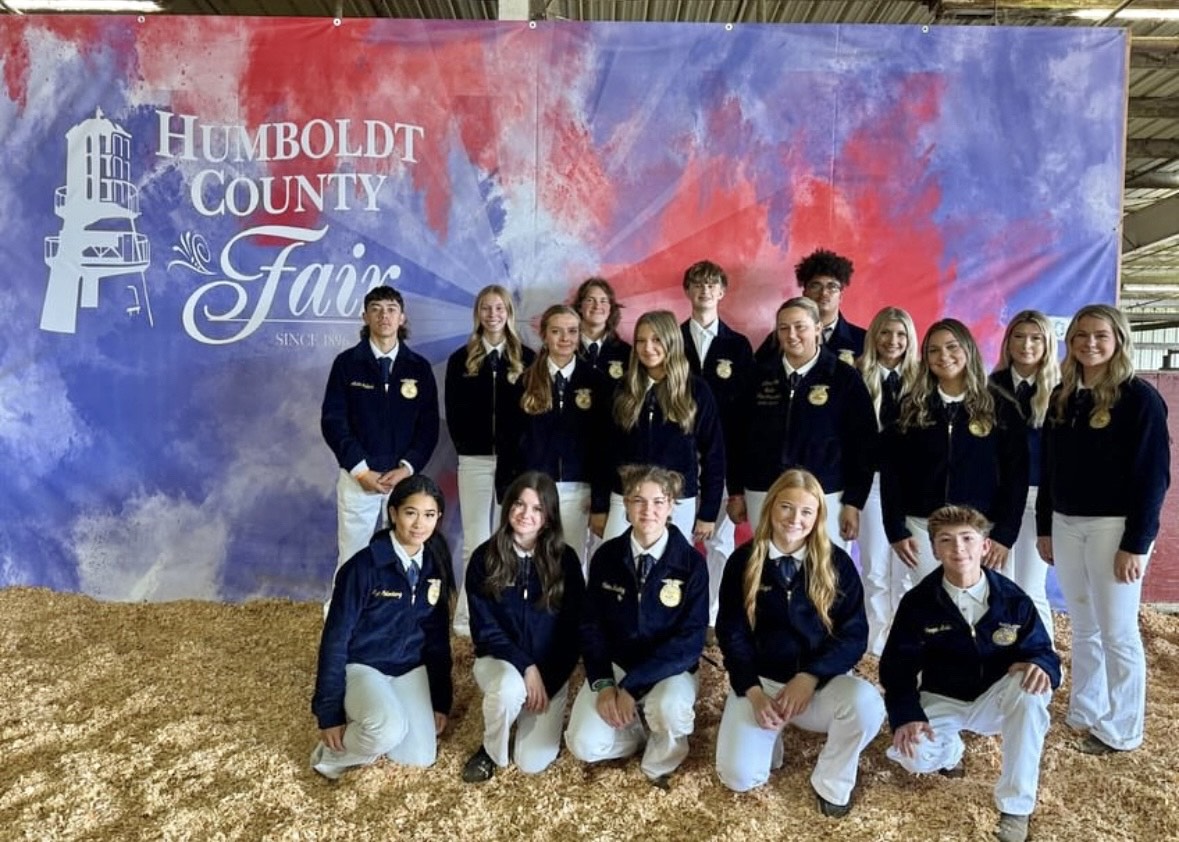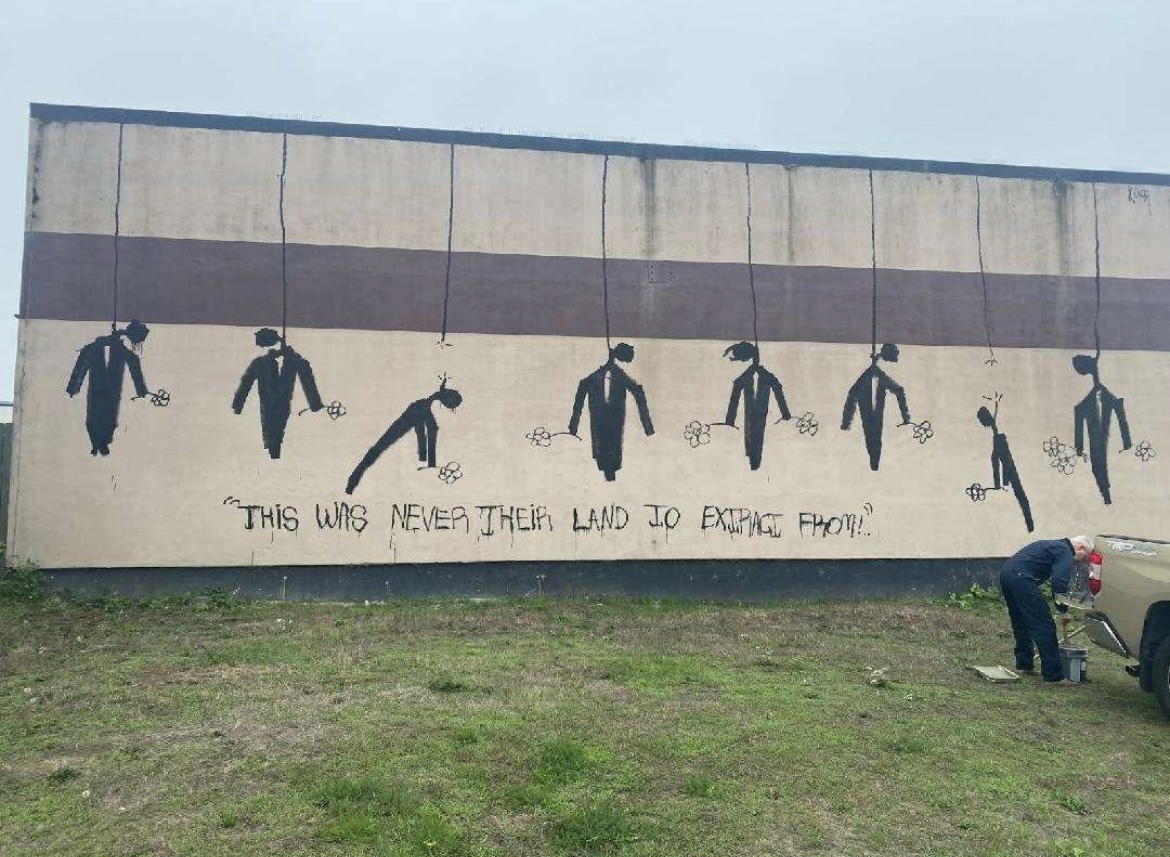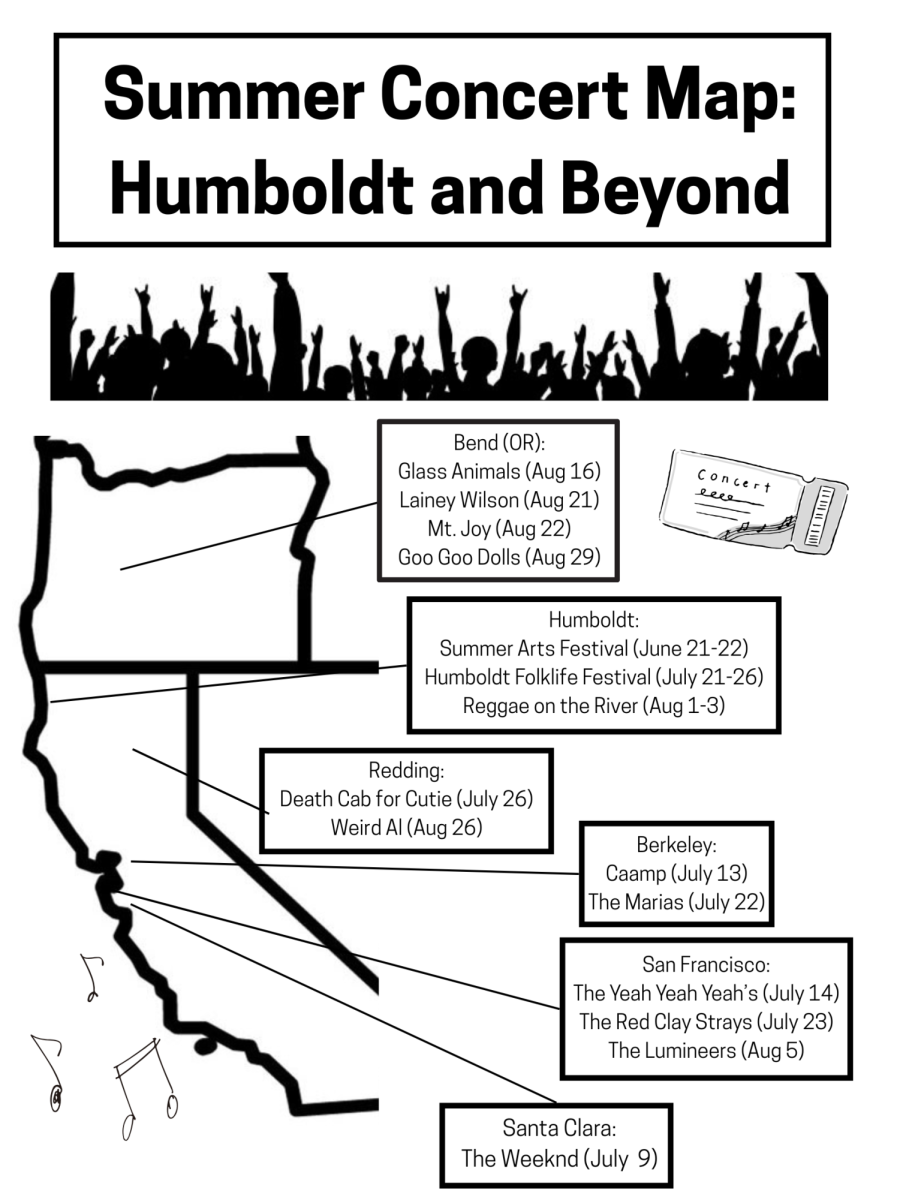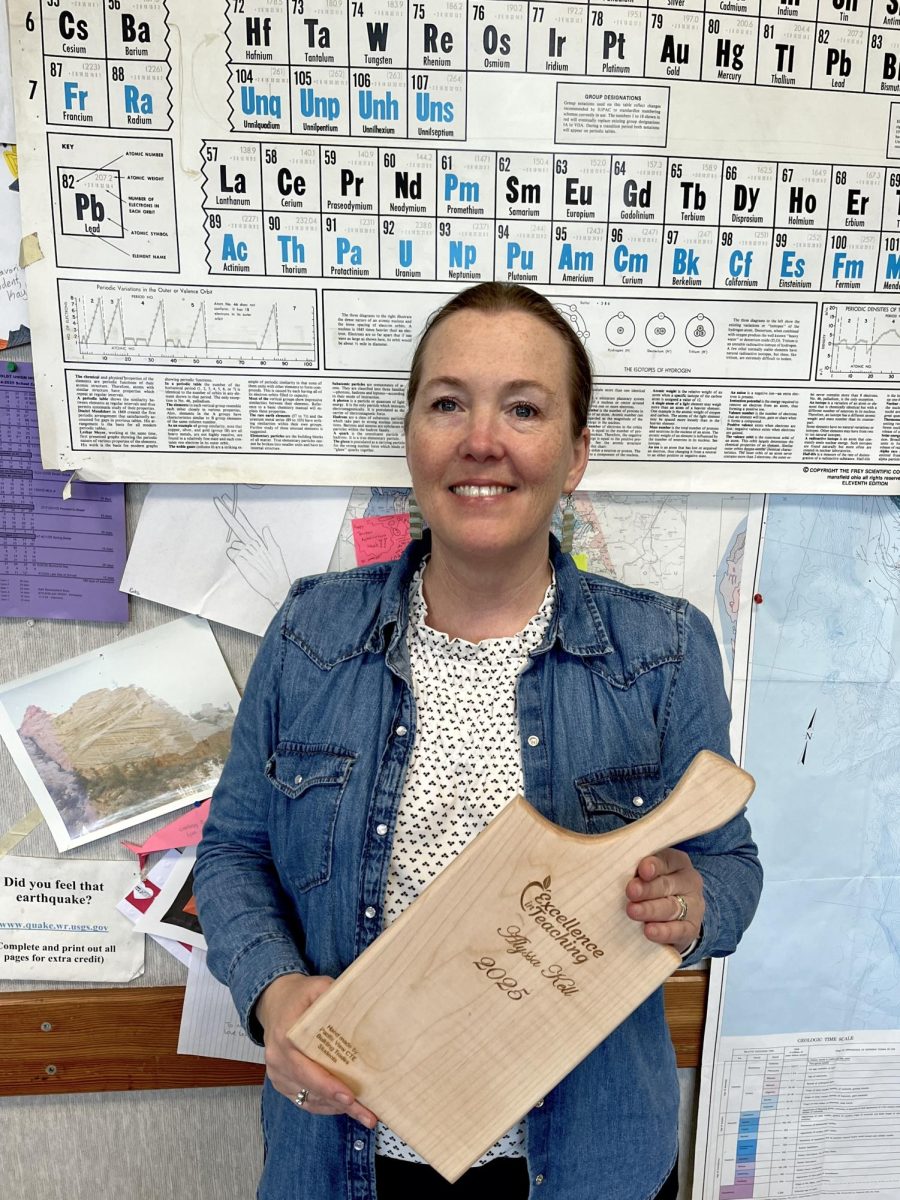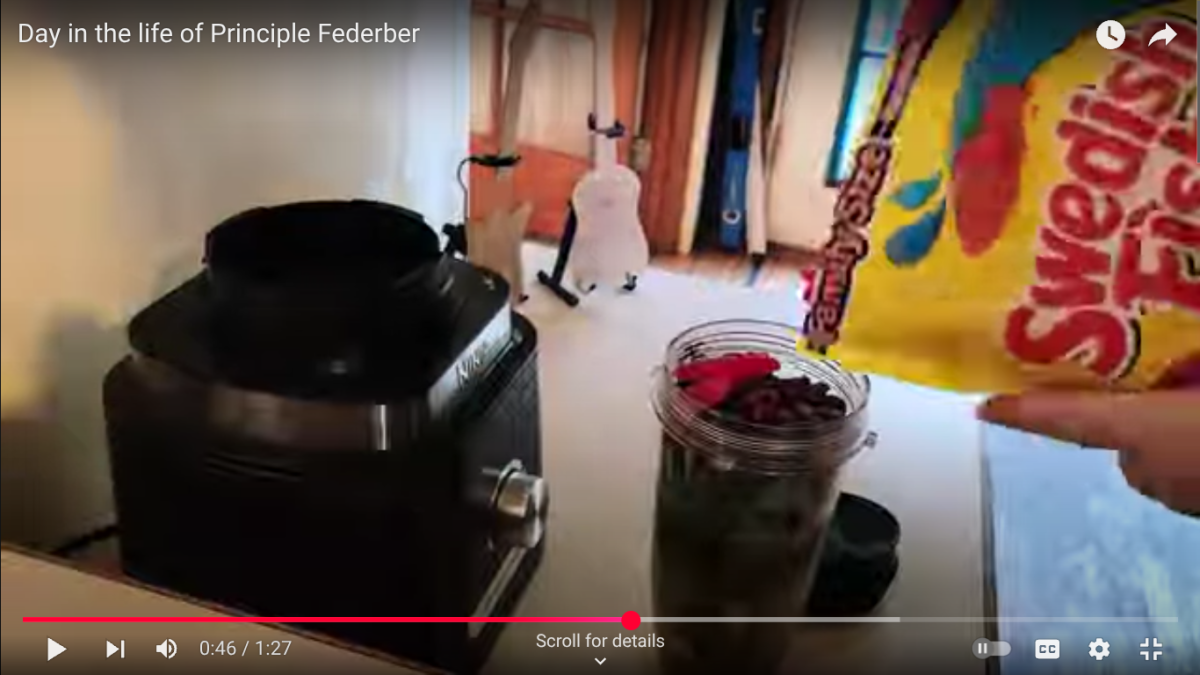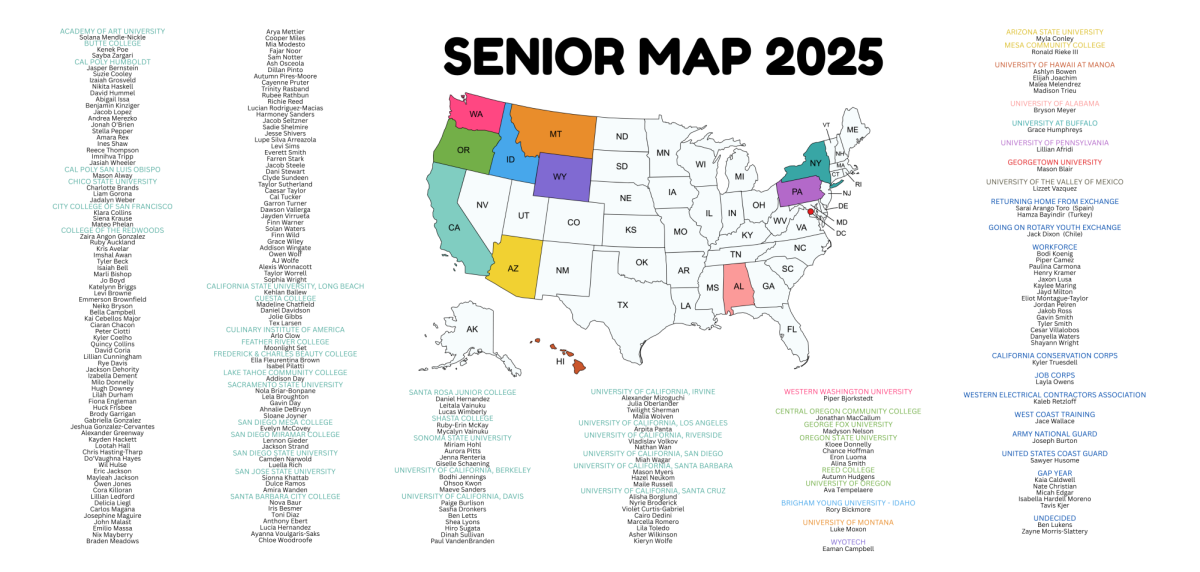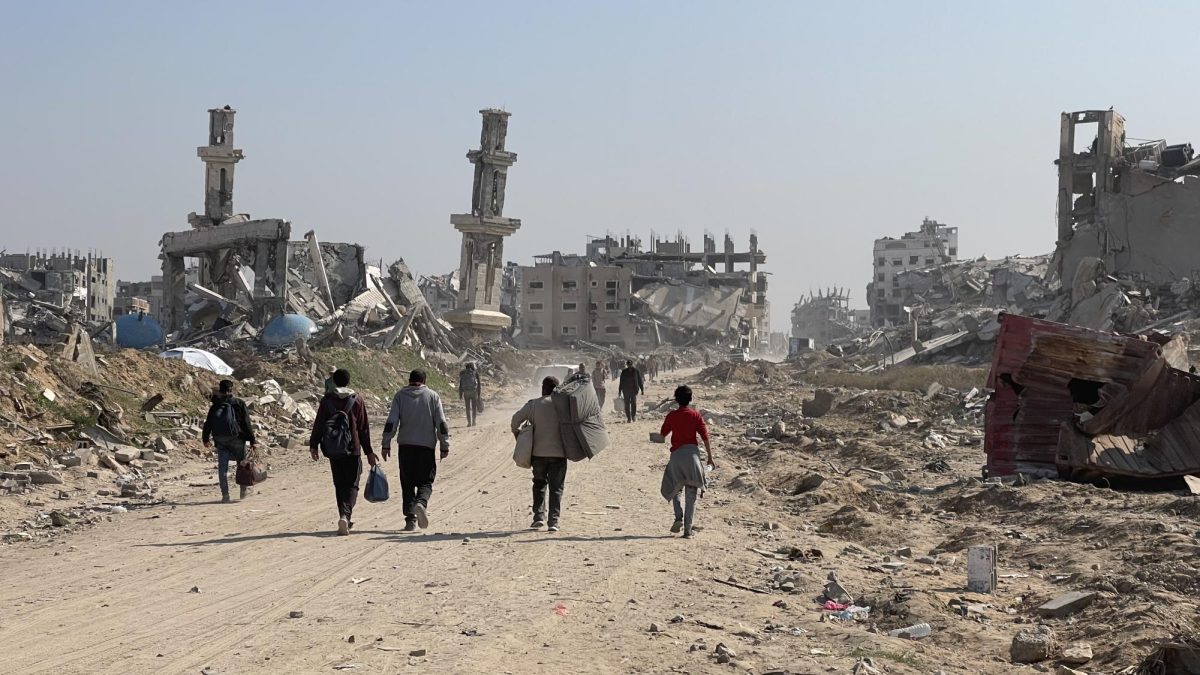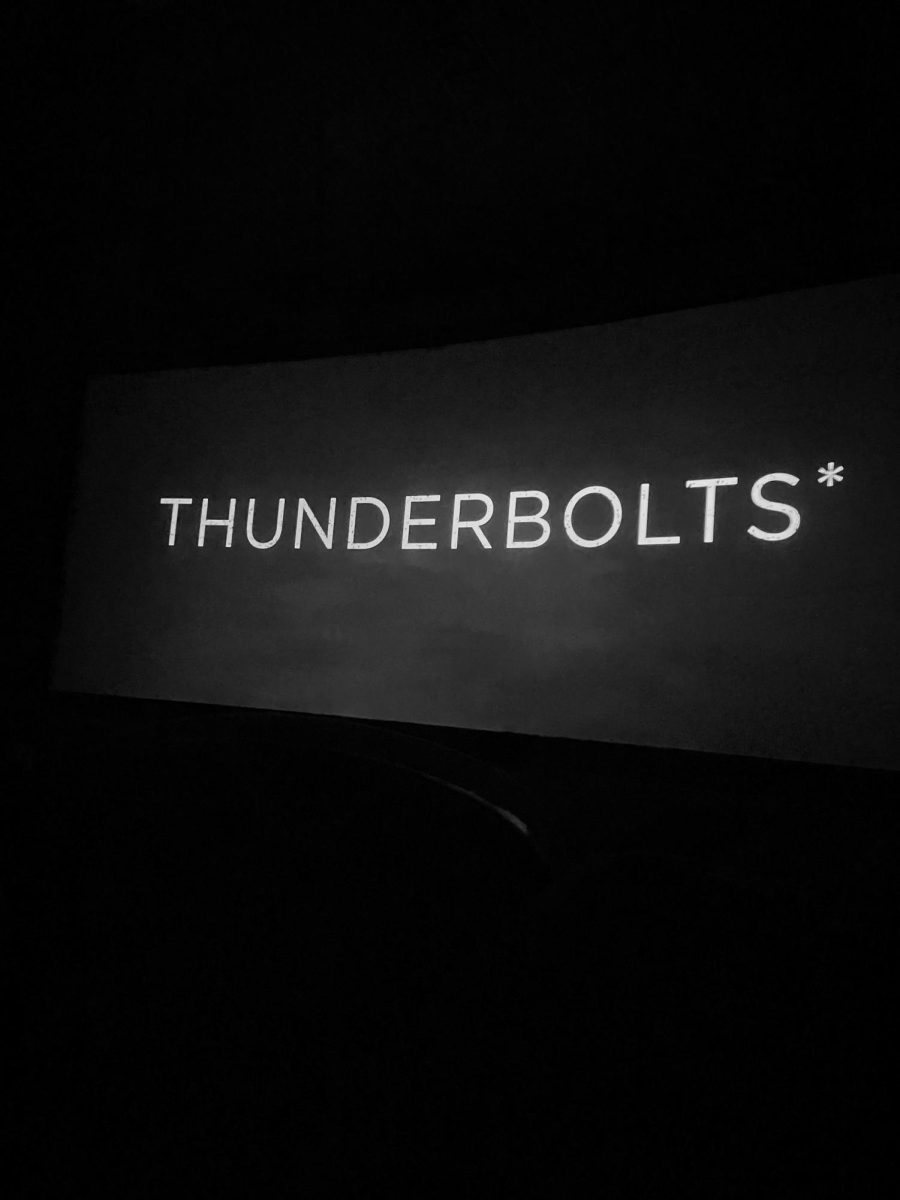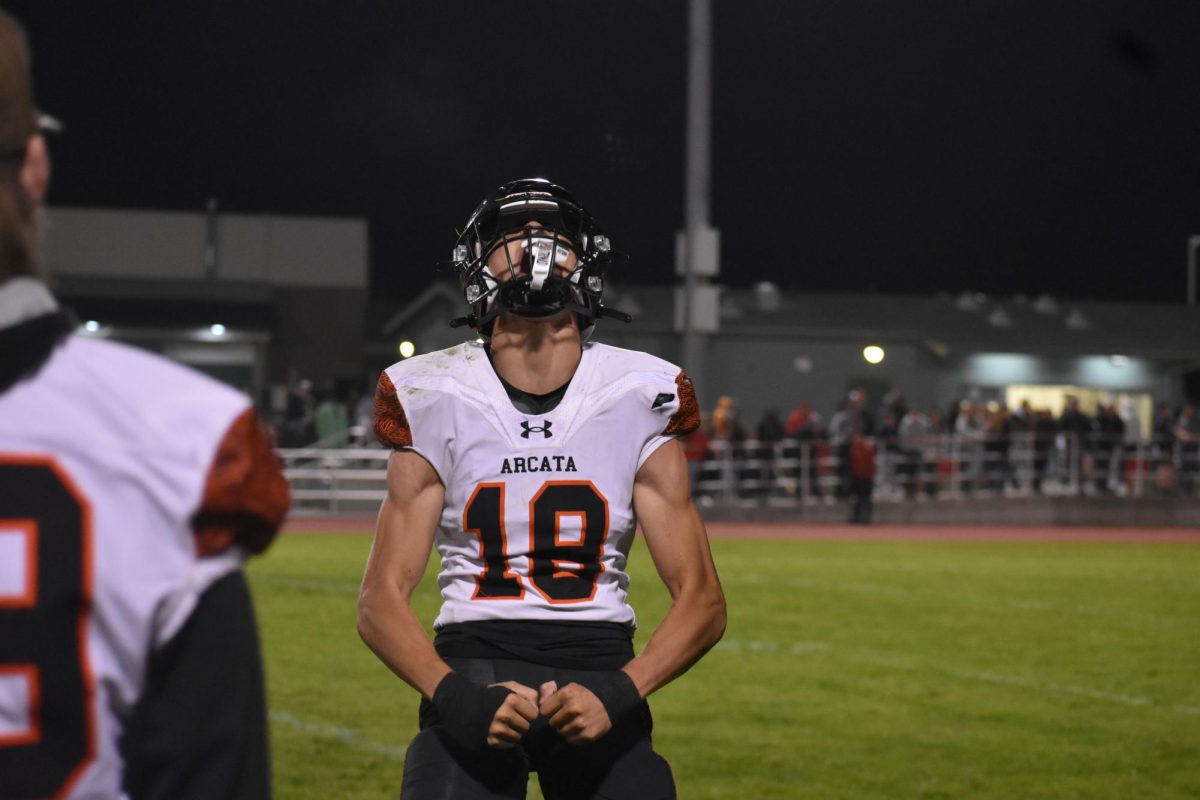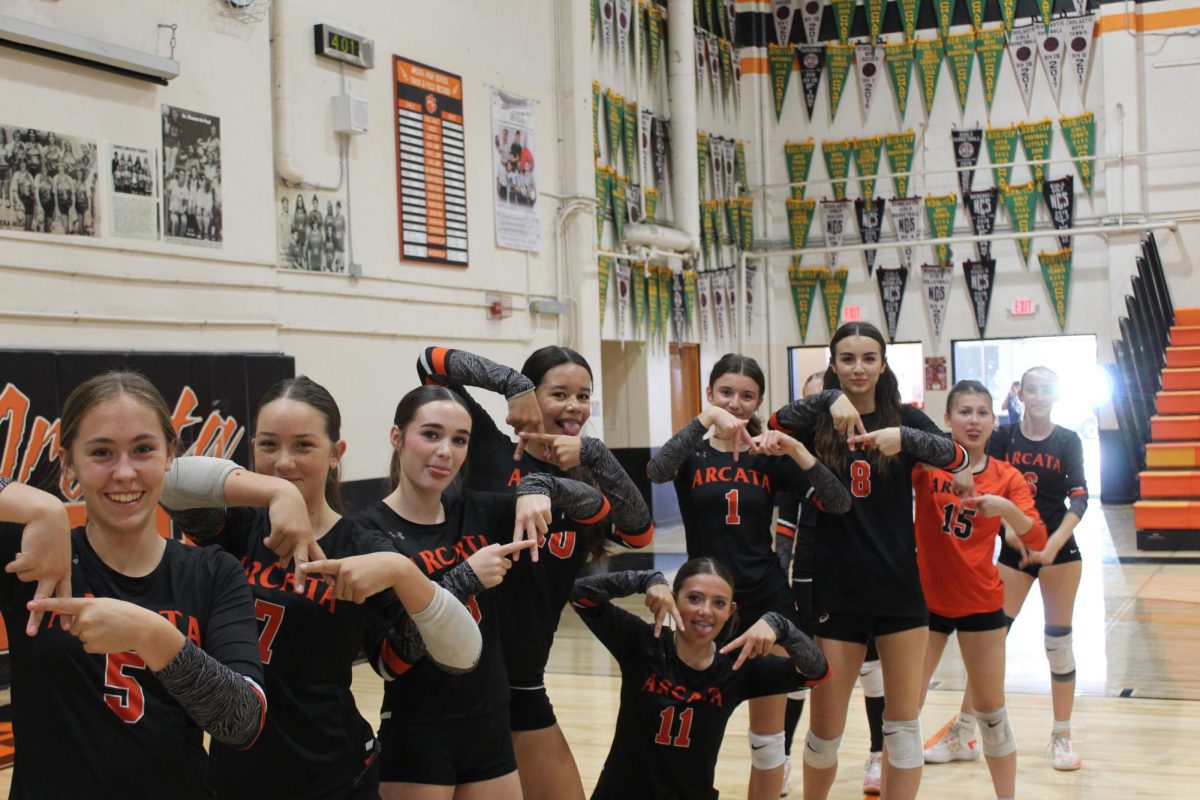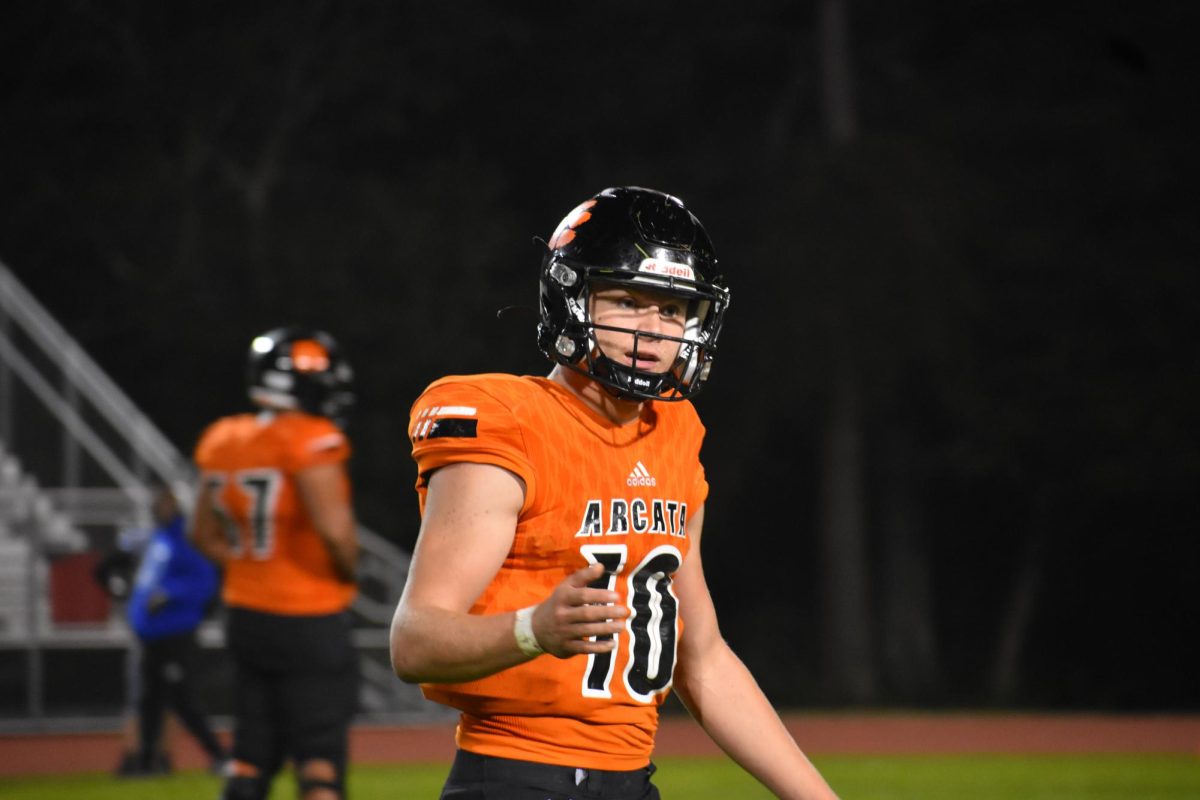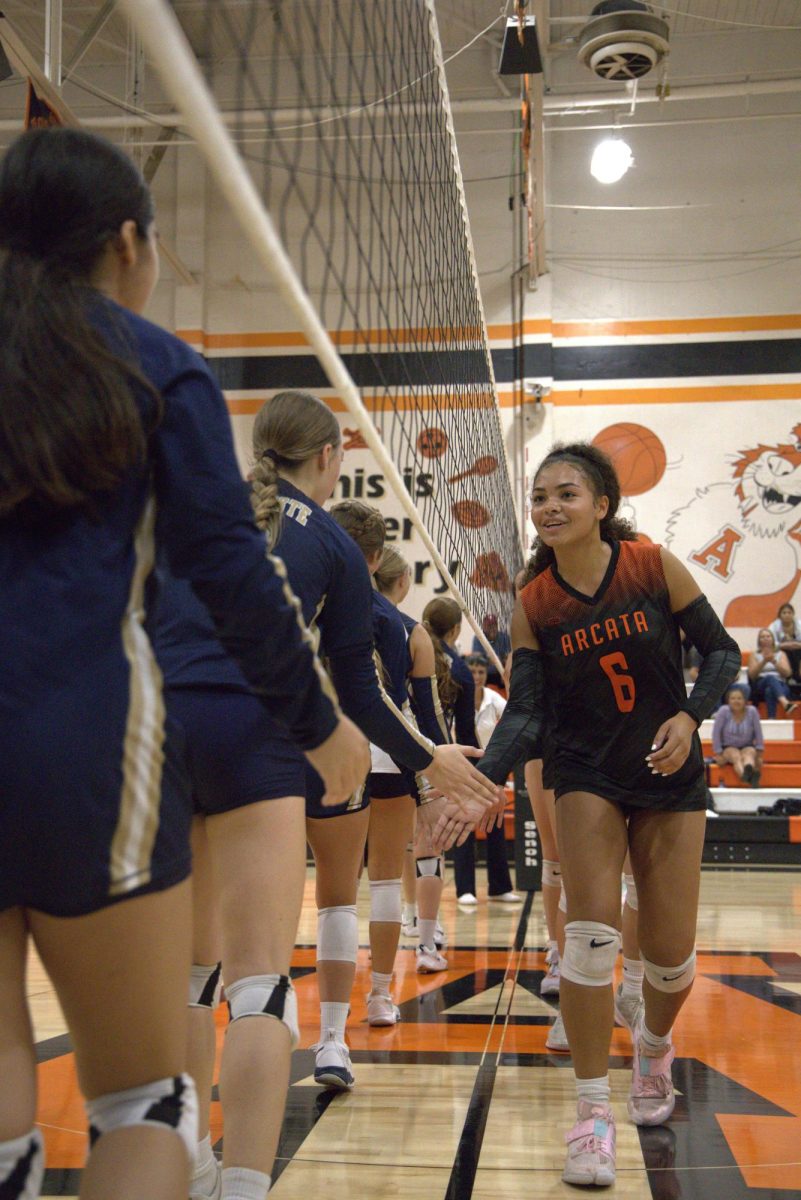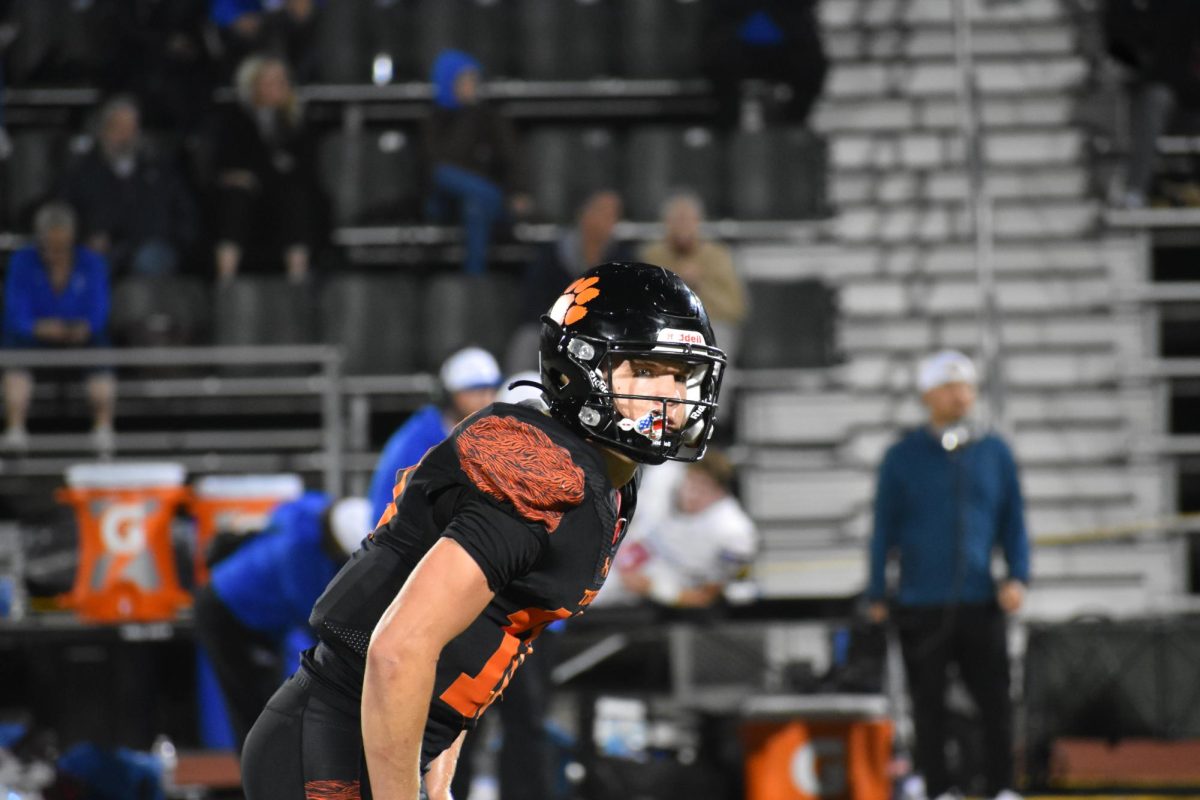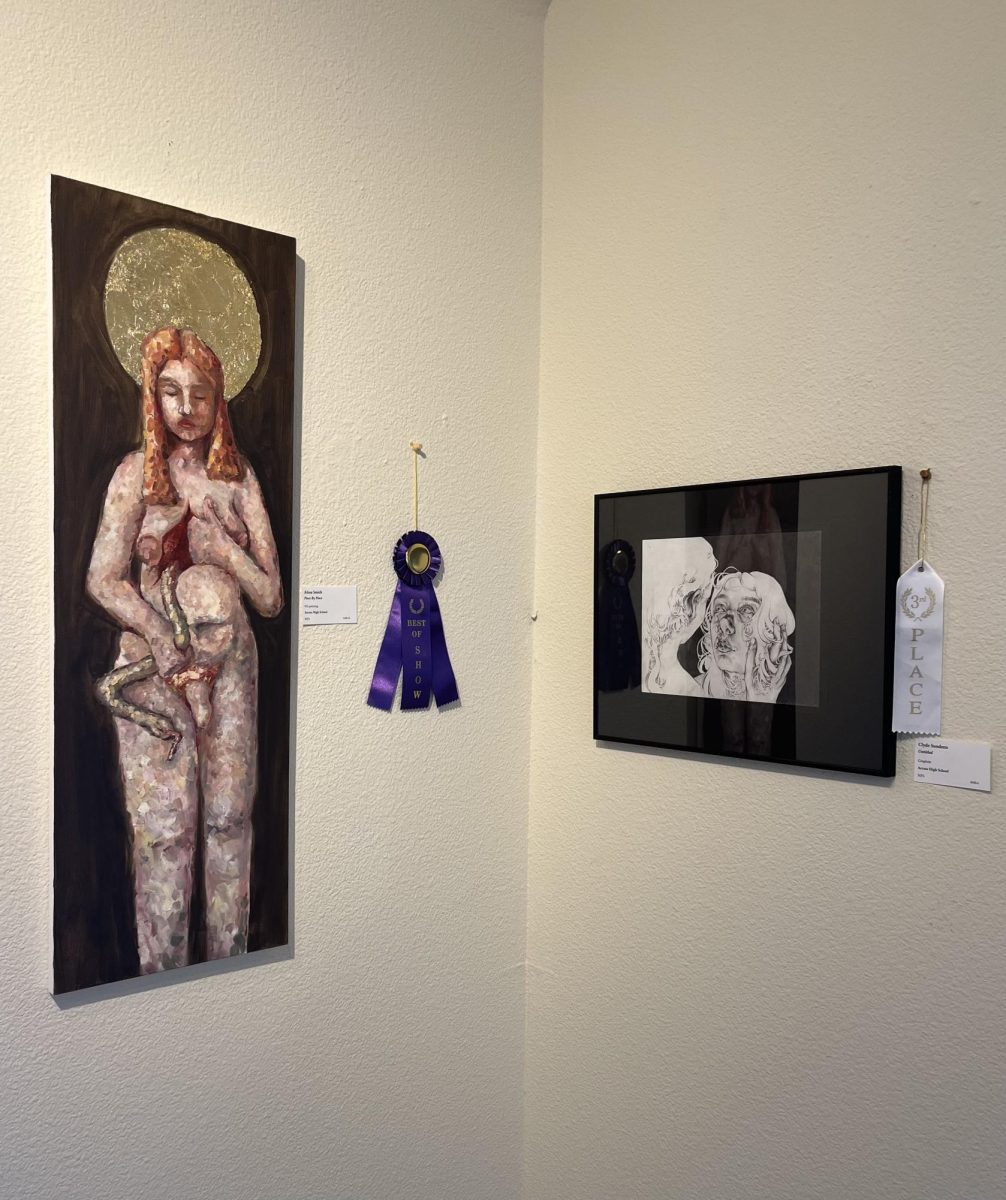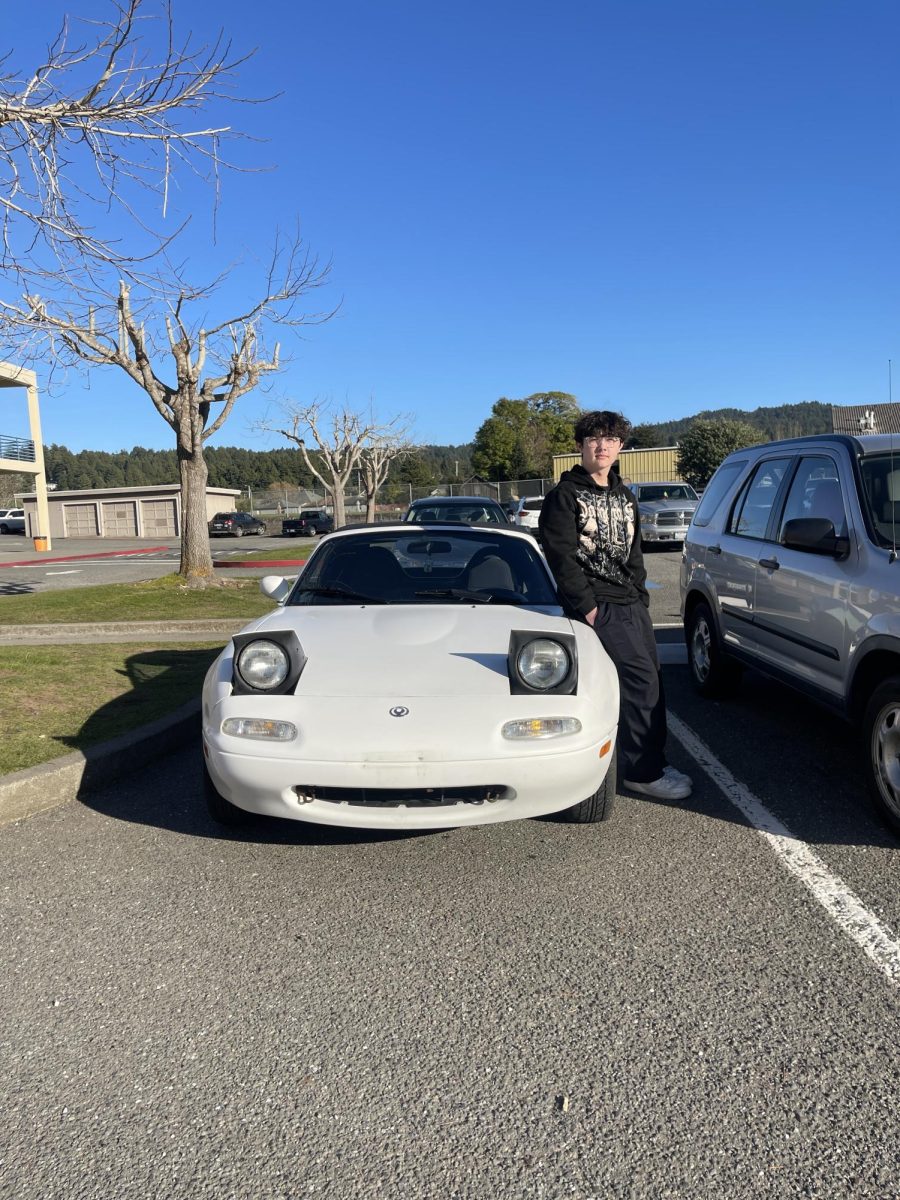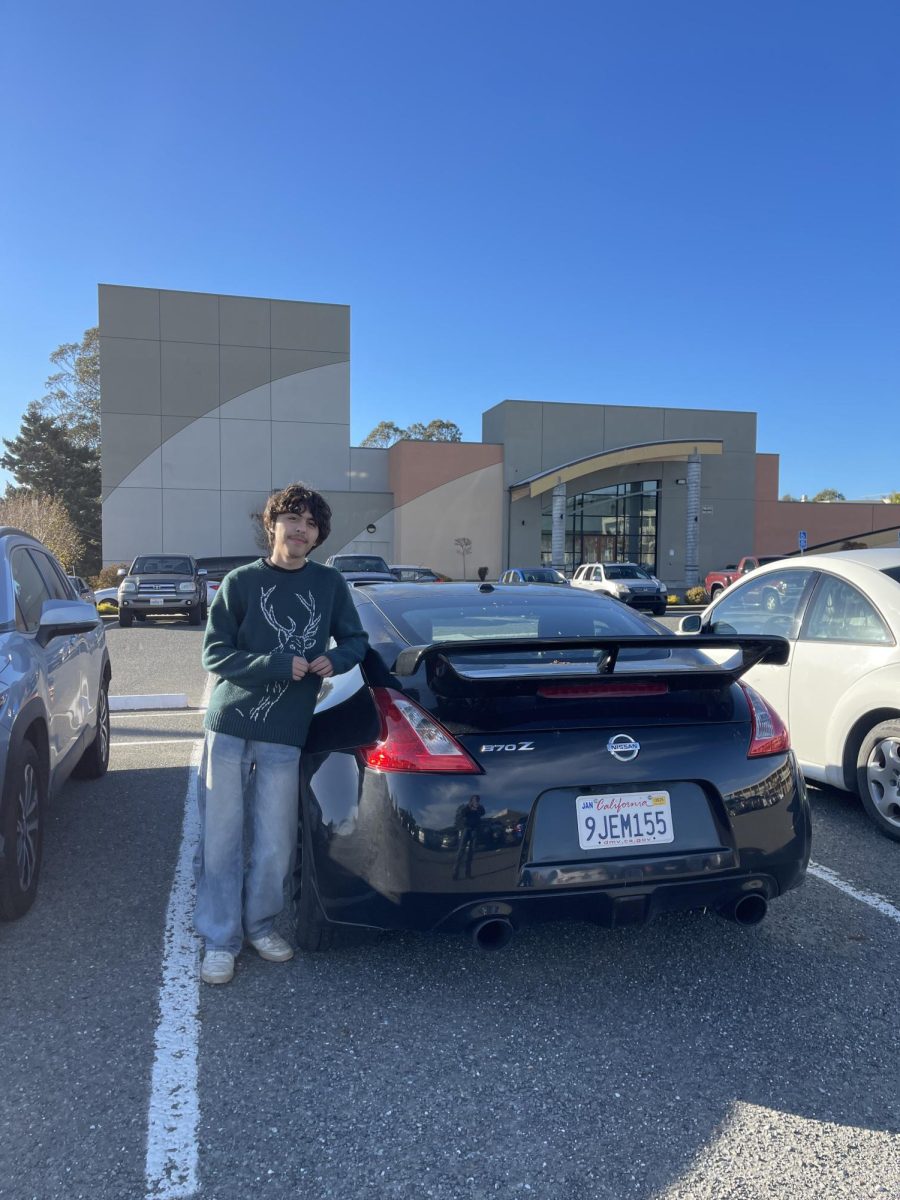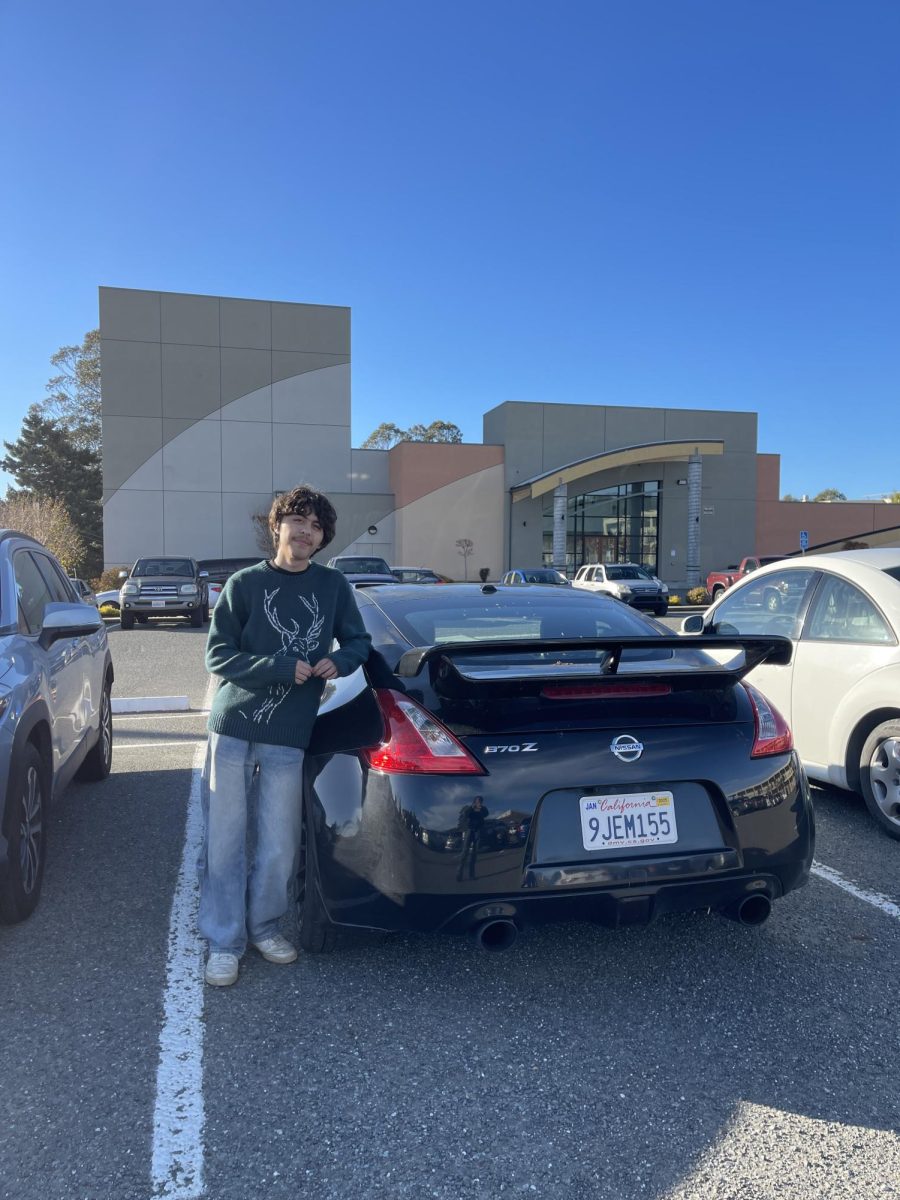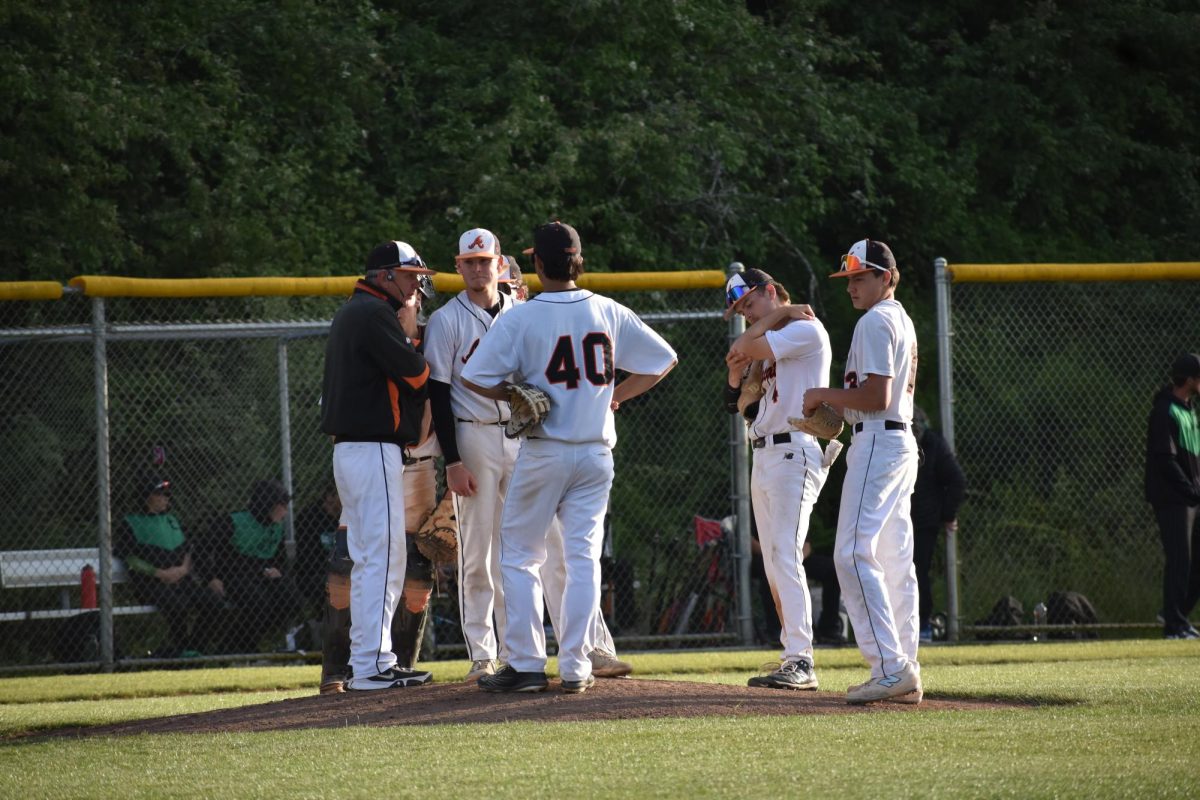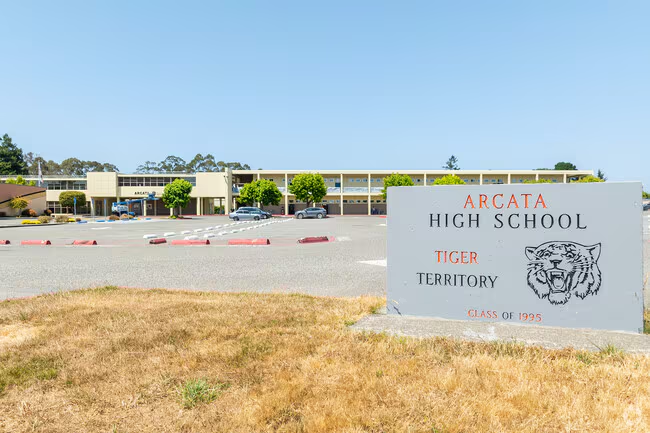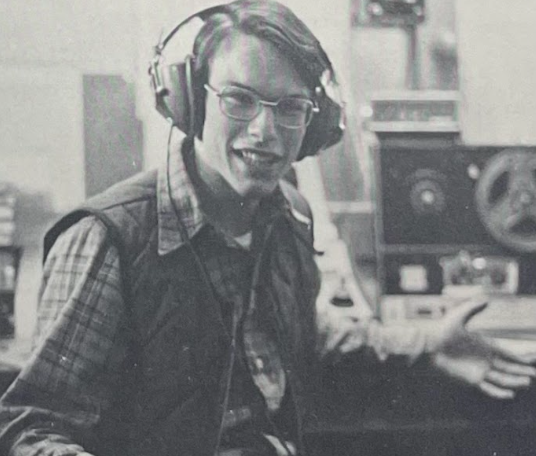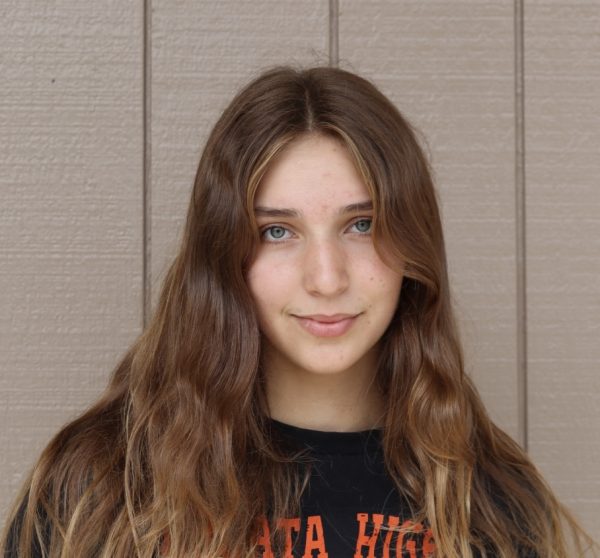During my freshman year, I was listening to old records with my friend and we imagined, “what if Arcata High had a radio station?” We indulged in our little fantasy, but I quickly forgot all about it.
Two months ago, while looking through old Pepperbox archives, I stumbled upon an article titled “24 hours on weekends now, KAHS paying off.” I was immediately drawn in, and being reminded of my desire for a student-run radio program, I took it as a sign for further investigation.
The year 1968 marked the beginning of an eleven-year Arcata High School program that brought students directly to the broadcast room, room 104. According to a 1968 Pepperbox article, the course taught the principles of radio and television production.
Originally, the class was broken into two periods. Students met together and observed a lecture. They learned everything about techniques covering the production and organization of radio and television programs. Then, small groups of students engaged in creating their own programs.
The initial goal of the class was to pre-record a 30 minute radio show that would be shown daily in the cafeteria. Most music that was played was in the “Top 40s.” Eventually, the program grew and there was a consistent radio station that played every day after school. At one point, the radio station was airing for 24 hours on the weekends!
KAHS got involved all around campus. They filmed the school play and broadcasted the AIBT. In 1970, KAHS was able to telecast movies, live programs, and more to almost every room on campus. Bob Berkowitz, the teacher of the class, used a single cable that connected all of the televisions together.
“This idea is a first, and it is not known anywhere where television is being telecast in this manner,” Berkowitz said in a 1970 interview.
Students traveled to San Francisco every year to take a test administered by the Federal Communications Commission. They had to take several written examinations, like Element No. 3 which dealt with general radiotelegraph. If they passed this element, they were allowed to go on-air by themselves. The class connected many students with local news outlets; in 1979 three announcers were employed at local stations.
1979 was the last year the station aired. E. Oliveira, the principal at the time, shut down the program when Berkowitz took a leave of absence. Oliveira further justified the decision when the Federal Communications Commission increased the cost required to run the station.
I mourn the loss of this radio station, albeit I wasn’t alive when it aired. It was a considerable loss of opportunity for the students when it shut down, but similar programs are being created today. This is the first year of the bulletin broadcast, RISE and Shine. The Pepperbox staff unknowingly revived something that Arcata High lost a long time ago. Our school’s history is rich and mysterious and leaves me wondering which secrets will be unearthed next.
